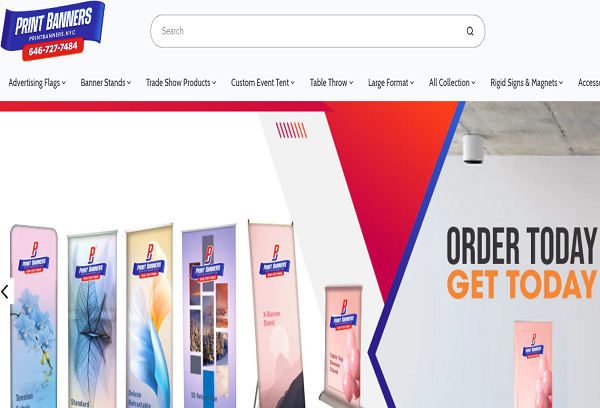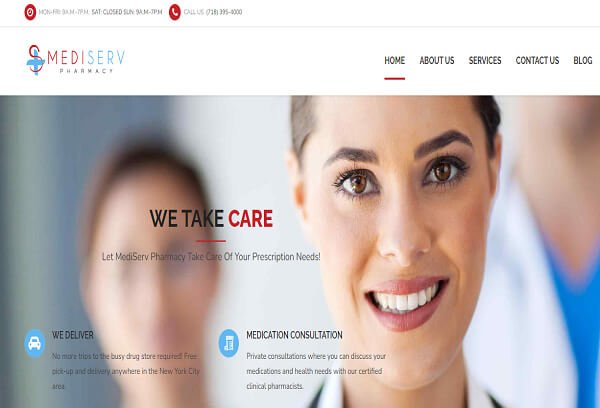Visual Content and SEO: Utilizing Images and Videos in 2025
- October 10, 2024
- SEO
Explore key trends, challenges, and a comprehensive guide to optimize your visual content for search and future-proof it.
Despite consistently producing content, many businesses are seeing little impact in their digital marketing efforts. The reason?
An outdated strategy that fails to account for the rising significance of visual content in SEO.
As tech leaders like Google and Apple emphasize AI-driven visual search, businesses that fail to adapt may lose both visibility and relevance.
A common issue is the lack of coordinated strategies and governance needed to manage visual assets effectively across various departments.
This article presents a seven-step process to future-proof your images and videos for SEO in 2025.
By adopting these methods, you’ll be able to harness emerging trends, optimize for AI-enhanced search, and greatly improve your online presence and engagement.
How are Industry Leaders Adapting to Visual Search?
Google has begun incorporating video and image content—mainly from YouTube, websites, and third-party sources—into its Top Insights section of product and AI-generated search results.
This shift offers users a more dynamic, engaging experience, providing a wider array of content beyond traditional text-based results and reviews.
It also gives brands an opportunity to utilize images and videos to enhance both visibility and user engagement.
Similarly, Apple has introduced Visual Intelligence with Vision 3, featuring innovations like image segmentation and object detection.
These new advancements empower developers to create more complex and high-performance applications that harness visual data effectively.
Why Are Visual Content and SEO Challenging for Enterprises and SMEs?
The main hurdles in visual content and SEO include the absence of centralized strategies, inconsistent policies, governance issues, and a fragmented knowledge base across various departments. The challenge is heightened because search is becoming multimodal, which means content creators must now focus on customer intent across a variety of formats—images, videos, PDFs, and other touchpoints—across different channels. The shift from text-based to more visually diverse content demands a customer-centric strategy that emphasizes user intent and experience. Many organizations, especially larger enterprises, face difficulties implementing uniform best practices for visual assets across multiple teams.
With AI-driven search on the rise, it’s more crucial than ever to centralize your visual assets, ensure they are optimized, and deploy them consistently across all customer touchpoints.
Top Trends in Visual Content and SEO
Featured Images and Interactive Short-Form Videos
- These elements are now key to elevating the user experience, as consumers increasingly expect app-like interactions.
- Platforms like TikTok and Instagram Reels have set a precedent for engaging short-form videos, making them vital for reaching modern audiences.
- Video content also drives higher engagement, improving conversions and dominating search engine results pages (SERPs).
Personalization
- Customizing experiences based on factors such as audience segmentation, user journey, demographics, location, and intent is crucial for brand success.
Mobile Dominance
- Since the majority of visual content is consumed on mobile devices, optimizing UI, UX, and visual assets for mobile platforms is essential.
In-Video Interaction
- Brands are experimenting with interactive video formats, allowing users to engage through choices like selecting their own path or using features like 360-degree views and zooming.
- Adding elements like polls and quizzes creates a more immersive and interactive experience.
7-Step Process to Futureproof Your Visual Content and SEO in 2025
Effectively chosen featured images and videos can greatly improve a website’s click-through rate (CTR) and foster user engagement. Adhering to best practices—such as ensuring relevance to content, high quality, optimal file size, format, and mobile responsiveness—is crucial for success.
- Curate – Start by gathering a comprehensive inventory of all channels, vendors, departments, and touchpoints where visual content is being created or used.
- Centralize- Develop organizational policies to streamline your visual content management. Store all images and videos in a centralized digital asset management (DAM) system, and ensure they are distributed via a content delivery network (CDN). This ensures that all channels access content directly from the DAM, reducing the duplication of images and videos across various folders.
- Optimize – Ensure your visuals are high-quality, contextually relevant, and use appropriate file formats. Add image tags, create sitemaps, and employ structured data to increase discoverability. Utilize Google NLP to detect and avoid inappropriate content, focusing on visuals that align with search intent. To maintain site speed, adopt next-gen image formats and implement lazy loading techniques.
- Distribute – Distribute your content from a single, centralized location using cloud-based infrastructure and a CDN for efficient asset delivery. This improves both speed and access across different platforms and regions.
- Application, Experience, and Infrastructure – Gain a competitive advantage by using entity search and a well-defined visual hierarchy, making content easy to scan. Structured and topical pages with relevant visuals tend to perform better in search results. Create “snackable” videos to highlight your unique selling proposition (USP) and include customer reviews. Focus on developing content for visual snippets, like how-to guides or recipe videos, to optimize for Google’s multisearch feature, which blends image, video, and text search. Address infrastructure gaps by ensuring your DAM system can not only store but also optimize your visual assets in real-time. It should also integrate seamlessly with your website and other digital channels for streamlined asset management.
- Governance and Checklist – Establish strong governance protocols and maintain checklists to ensure quality, consistency, and correct usage of visual assets across all departments. Regularly assess which images perform best in search engine results (SERPs) and conversions, refining your checklist based on these insights.
- Metrics and KPIs – Create metrics to measure success, including tracking SERP and rich snippet saturation, presence in AI-generated summaries, click-through rates (CTR), clicks from visual search, engagement levels, and page bounce rates. As search engines like Google integrate conversational AI, short videos, images, and social media posts into results—moving beyond traditional web listings—these strategies will be vital for leveraging visual content in 2025.
Success Stories
By implementing the seven-step process outlined above, our clients have achieved remarkable success in visual search:
A well-known hotel in Georgetown experienced a 104% increase in image appearances in search results compared to the previous period.
A Massachusetts Resort and Spa saw exceptional growth in visual search performance, including:
- An 871% increase in image appearances in search results.
- A 101% rise in overall image impressions compared to the previous period.
Dominate Visual Search with Optimized Images and Videos
Videos and images are powerful assets for improving SEO and increasing online visibility. As language models (LLMs) advance in understanding both text and visuals, you’ll need to embrace more integrated visual-textual strategies for content creation and optimization. By focusing on these areas, you can stay at the forefront of visual content and SEO in 2025. Embracing emerging technologies and tools from leading tech companies will enhance your online presence and improve searchability.
Optimize Your SEO Strategy with Earn SEO – A New York-Based SEO Company
For businesses looking to enhance their online presence and optimize their digital strategies, Earn SEO, a local SEO company in New York, is here to help. Specializing in local and national SEO, Earn SEO provides expert services that align with the latest trends in visual content optimization, AI-driven search, and mobile-friendly strategies.
Whether you’re a small business or a large enterprise, our team at Earn SEO can guide you through the complex world of SEO, ensuring your website stands out with optimized images, videos, and other multimedia content. Partner with us to future-proof your SEO strategy for 2025 and beyond. Visit Earn SEO for expert SEO services that drive real results.
Earn SEO was established in 2011 by Devendra Mishra, a highly educated professional with varied training and experience. Mr. Mishra is responsible for business development, attracting new Earn SEO partners, and interacting with clients, the media and press, and acting as Brand Ambassador.
Devendra Mishra
Founder






































